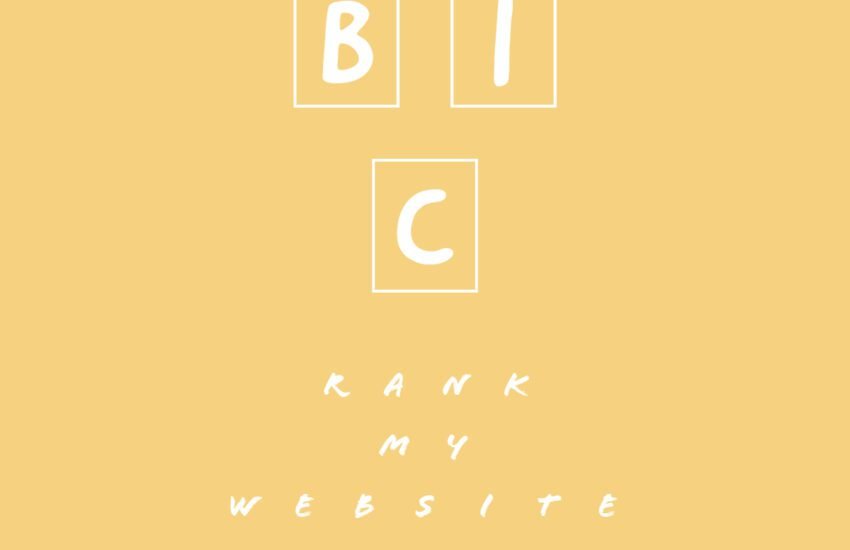How to Set Up Your First Totally Free Blog on Blogger
- What is Blogger?
- Step-by-Step Guide to Starting First Blog
- 1. Sign Up/Sign In
- 2. Create a New Blog
- 3. Choose a Template
- 4. Customize Your Blog
- 5. Create Your First Post
- 6. Format Your Post
- 7. Preview and Publish
- 8. Promote Your Blog
- 9. Engage with Your Audience
- 10. Regularly Update Your Blog
- 11. Add Pages
- 12. Enable Comments
- 13. Explore Widgets
- 14. Create Labels/Categories
- 15. Custom Domain
- 16. Monetization
- 17. Analytics
- 18. Optimize for Mobile
- 19. Backup Your Blog
- 20. Stay Updated
- Conclusion
What is Blogger?
Blogger is a free web-based platform for creating and managing blogs.
Developed by Pyra Labs and later acquired by Google in 2003, Blogger offers a user-friendly interface that allows individuals and businesses to publish content online without the need for technical expertise.
Users can create a blog within minutes by simply signing up with their Google account and choosing a template from a selection of customizable designs.
Blogger provides essential blogging tools such as text editors, image uploading, and scheduling features, making it easy to create and publish posts.
One of Blogger’s key advantages is its integration with other Google services, including Google AdSense for monetization and Google Analytics for tracking website traffic.
Additionally, Blogger offers the option to use a custom domain name for a professional web address.
With its simplicity and accessibility, Blogger has become a popular choice for beginners and experienced bloggers alike to share their thoughts, ideas, and expertise with a global audience.
Step-by-Step Guide to Starting First Blog
Here’s a step-by-step guide to starting your first blog on Blogger:
1. Sign Up/Sign In
Go to the Blogger website (blogger.com) and sign in with your Google account. If you don’t have one, you’ll need to create a Google account first.
2. Create a New Blog
Once logged in, click on the “Create a new blog” button. You’ll be prompted to enter a title for your blog and a unique URL/address.
Choose something descriptive and memorable.
3. Choose a Template
After naming your blog, you’ll need to choose a template. Blogger offers a variety of free templates to choose from.
Pick one that suits your style and the topic of your blog.
4. Customize Your Blog
Once you’ve selected a template, you can customize it further by clicking on the “Customize” option. Here, you can change colors, fonts, layout, and other design elements to match your preferences.
5. Create Your First Post
To create your first post, go to the Blogger dashboard and click on the “New post” button.
This will open up the post editor where you can add your content. Write your post, add images, videos, or any other media you want to include.
6. Format Your Post
Use the formatting options in the post editor to format your text, add headings, lists, links, etc. Make sure your post is well-organized and easy to read.
7. Preview and Publish
Once you’ve finished writing your post, you can preview it to see how it will look on your blog. If everything looks good, click on the “Publish” button to make your post live on your blog.
8. Promote Your Blog
Share your blog posts on social media platforms, forums, and other relevant websites to attract readers to your blog. You can also optimize your blog for search engines (SEO) to improve its visibility.
9. Engage with Your Audience
Respond to comments on your blog posts, interact with your readers on social media, and encourage feedback to build a community around your blog.
10. Regularly Update Your Blog
To keep your readers engaged and coming back for more, make sure to update your blog regularly with new content. Consistency is key to building a successful blog.
11. Add Pages
Consider adding static pages to your blog, such as an “About Me” page, a “Contact” page, and any other relevant pages that provide additional information about you or your blog.
12. Enable Comments
Encourage interaction by enabling comments on your blog posts. You can manage comments through the Blogger dashboard and respond to reader feedback.
13. Explore Widgets
Blogger offers a variety of widgets that you can add to your blog to enhance functionality and improve user experience. Explore the available widgets and add those that are relevant to your blog’s content and goals.
14. Create Labels/Categories
Organize your blog posts by creating labels or categories. This makes it easier for readers to navigate your blog and find content that interests them.
15. Custom Domain
Consider purchasing a custom domain name for your blog (e.g., yourblogname.com) to give it a professional and memorable web address. You can set up a custom domain through the Blogger settings.
16. Monetization
If you’re interested in monetizing your blog, explore options such as displaying ads through Google AdSense or promoting affiliate products. Keep in mind that monetization strategies should be implemented thoughtfully and in line with your blog’s content and audience.
17. Analytics
Use Google Analytics to track visitor statistics, such as page views, traffic sources, and user demographics. This data can help you understand your audience better and make informed decisions about your blog content and promotion strategies.
18. Optimize for Mobile
Ensure that your blog is mobile-friendly by selecting a responsive template and testing its appearance and functionality on various devices.
A significant portion of your audience may access your blog from smartphones or tablets.
19. Backup Your Blog
Regularly backup your blog content to prevent data loss in case of unforeseen events or technical issues. Blogger provides an option to export your blog content, including posts, comments, and settings.
20. Stay Updated
Keep abreast of new features, updates, and best practices for blogging on Blogger by following official Blogger resources, forums, and blogs. Continuous learning and improvement are essential for the long-term success of your blog.
Conclusion
By incorporating these steps, you can start your first blog and then further optimize and refine your Blogger blog to better serve your audience and achieve your blogging goals.
That’s it! Follow these steps, and you’ll be well on your way to starting your first blog on Blogger.
Related Posts


